Expansion of Organic Farming
The Soil Wetting Agent Market is experiencing growth due to the expansion of organic farming practices. As consumers increasingly demand organic produce, farmers are adapting their cultivation methods to meet these preferences. Soil wetting agents play a crucial role in organic farming by improving soil structure and moisture retention without the use of synthetic chemicals. This aligns with the principles of organic agriculture, which emphasizes sustainability and environmental stewardship. The organic farming sector has seen a notable increase, with a reported growth rate of 10% annually in certain regions. This trend not only supports the Soil Wetting Agent Market but also encourages the development of innovative formulations that comply with organic standards.
Increased Awareness of Soil Health
The growing awareness of soil health and its impact on agricultural productivity is driving the Soil Wetting Agent Market. Farmers are increasingly recognizing that healthy soil is essential for optimal crop yields and sustainability. Soil wetting agents contribute to improved soil structure, aeration, and moisture retention, which are critical for maintaining soil health. Educational programs and research initiatives are highlighting the benefits of these agents, leading to greater adoption among farmers. Market data suggests that the demand for soil wetting agents is expected to rise by 7% annually as more farmers seek to enhance soil quality and productivity, thereby bolstering the Soil Wetting Agent Market.
Rising Demand for Water Conservation
The increasing awareness regarding water scarcity is driving the Soil Wetting Agent Market. As agricultural practices evolve, the need for efficient water usage becomes paramount. Soil wetting agents enhance water infiltration and retention, thereby reducing the overall water requirement for crops. This is particularly crucial in regions facing drought conditions, where traditional irrigation methods may prove inadequate. According to recent data, the market for soil wetting agents is projected to grow at a compound annual growth rate of approximately 5.2% over the next five years, reflecting the urgent need for sustainable water management solutions in agriculture. Farmers are increasingly adopting these agents to optimize their water resources, which in turn supports the growth of the Soil Wetting Agent Market.
Technological Innovations in Agriculture
Technological advancements in agricultural practices are significantly influencing the Soil Wetting Agent Market. Innovations such as precision agriculture and smart irrigation systems are becoming more prevalent, leading to a greater reliance on soil wetting agents. These agents are now formulated with advanced technologies that enhance their effectiveness and application efficiency. For instance, the introduction of slow-release formulations allows for prolonged moisture retention, which is particularly beneficial in arid regions. The integration of technology in agriculture is expected to propel the Soil Wetting Agent Market forward, with market analysts predicting a growth trajectory that aligns with the increasing adoption of these modern farming techniques.
Government Initiatives for Sustainable Agriculture
Government policies aimed at promoting sustainable agricultural practices are contributing to the growth of the Soil Wetting Agent Market. Various countries are implementing regulations and incentives to encourage farmers to adopt environmentally friendly practices. These initiatives often include subsidies for the use of soil wetting agents, which are recognized for their ability to enhance soil health and reduce water usage. As governments prioritize sustainability in agriculture, the demand for soil wetting agents is likely to increase. Recent reports indicate that government funding for sustainable agriculture programs has risen by 15% in the past year, further supporting the Soil Wetting Agent Market.


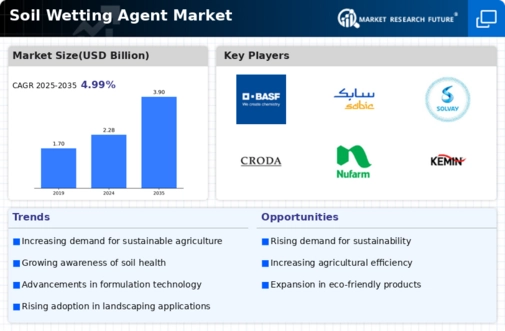
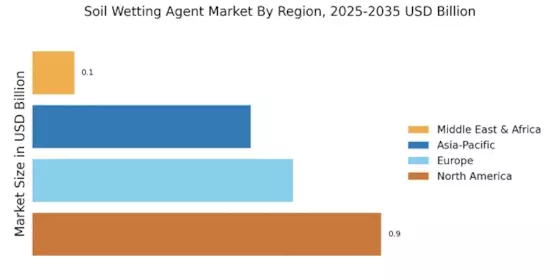
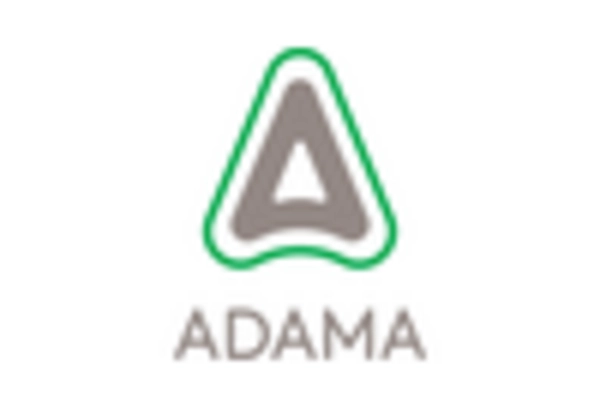



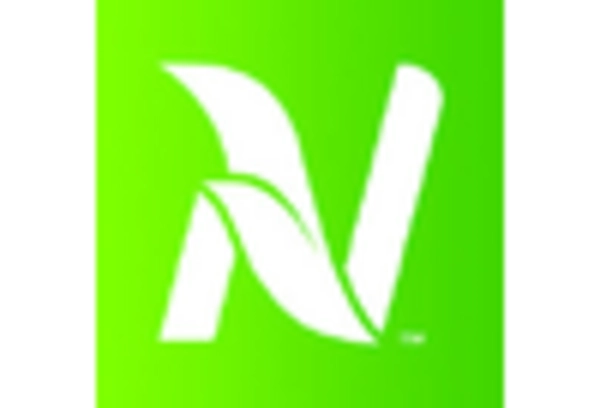
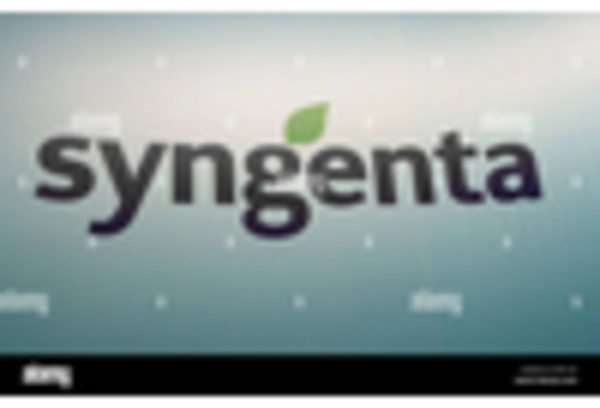








Leave a Comment